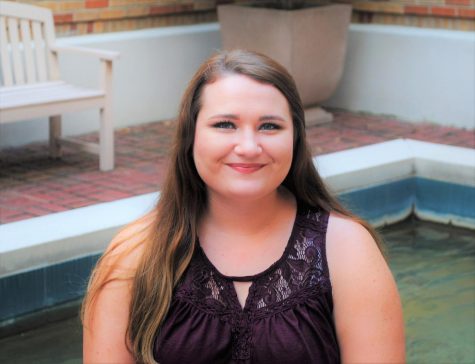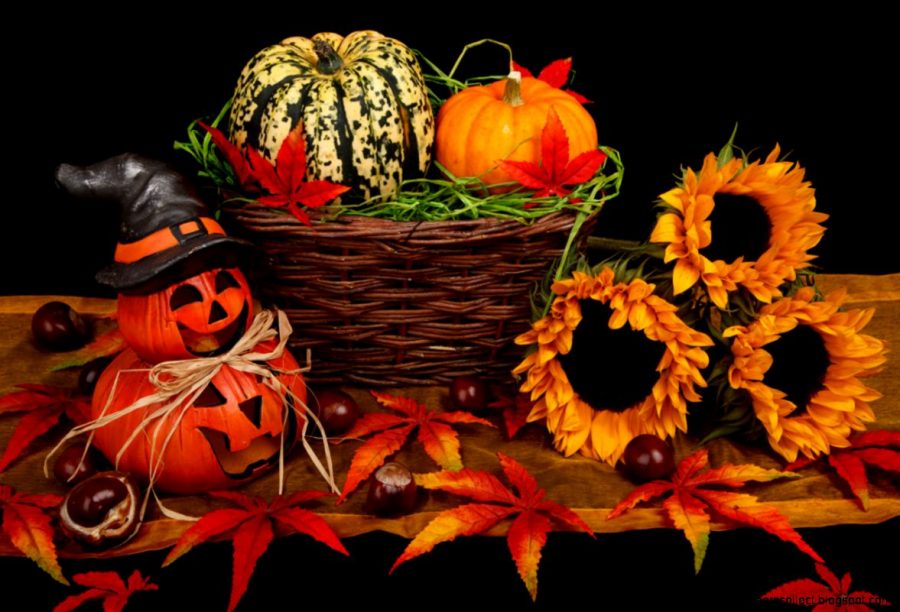From Samhain to All Hallows Eve
Halloween Is Probably Not What You Think It Is
Many Christians feel that it is not appropriate to celebrate Halloween because of its sketchy background. Halloween has the stigma attached to it that it is associated with witchcraft and evil, therefore, many people are quick to avoid having anything to do with the holiday. However, after taking a deeper look into the history of the holiday, we find that perhaps it is not so dark and brooding after all.
Celebrated each year on Oct. 31, we know Halloween as the scary fun holiday where people dress up in costumes, go door-to-door seeking sugary treats, and explore spooky haunted houses. These days, there is not much trick-or-treating going on. People have turned to the new trend of trunk-or- treating to avoid the dangers of sending children out into the streets and up to stranger’s houses at night.
Halloween first originated with the ancient Celtic festival Samhain (pronunciations vary: Saw-in, Saw-een, or Sav-en) where people would dress up in costumes and light bonfires to ward off ghosts. The Celts celebrated their new year on November, since this day marked the end of summer and the harvest and the beginning of the dark, cold winter; a time of year that was often associated with death. The Celts believed that on the night before the new year, the passage between the worlds of the living and the dead became blurred, and that the ghosts of the dead returned to earth.
After the Romans conquered the majority of Celtic territory, their Roman festivals consolidated with the Celtic festivals. The Romans had a festival known as Feralia, where on a day in late Oct., they would commemorate the passing of the dead.
In the eighth century, Pope Gregory III designated Nov. 1, to be All Saints Day, a day set aside to honor all saints. Pretty soon, All Saints Day incorporated some of the traditions from Samhain. The All Saints Day was also called All-Hallows, so the night before the celebration became known as All-Hallows Eve, just as with the Samhain tradition. This name was later simplified to become Halloween.
In 1,000 A.D., the church named Nov. 2, All Souls Day to honor the dead. All Souls Day was celebrated similarly to Samhain, with big bonfires, parades, and dressing up in costumes.
Years later in Colonial America, the tradition of Halloween spread. Borrowing from Irish and English traditions, Americans began to dress up in costumes and go house to house asking for food or money, a practice that eventually became today’s “trick-or-treat” tradition. Young women believed that on Halloween they could divine the name or appearance of their future husband by doing tricks with yarn, apple parings, or mirrors.
In the late 1800s, there was a move in America to mold Halloween into a holiday more about community and neighborly get-togethers than about ghosts, pranks, and witchcraft. At the turn of the century, Halloween parties for both children and adults became the most common way to celebrate the day. Parties focused on games, foods of the season, and festive costumes.
After learning about the history of this holiday, it is clear that Halloween is not centered around witchcraft or evil. Halloween is merely a day to honor the dead. In modern-day America, Halloween is a fun day for children to dress up in their favorite costume and go trick-or-treating. What is the evil in that?

Katilyn is currently a junior at Delta State University. She transferred here from East Central Community College to major in English Education. With...



